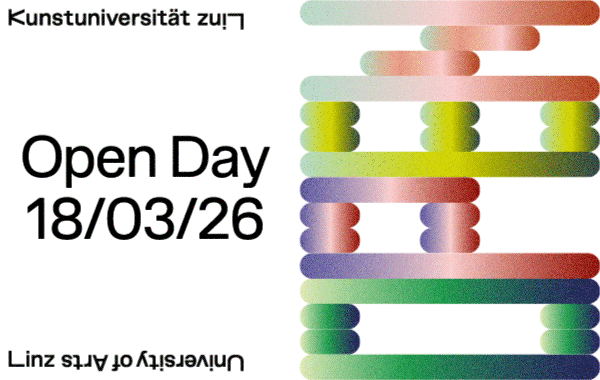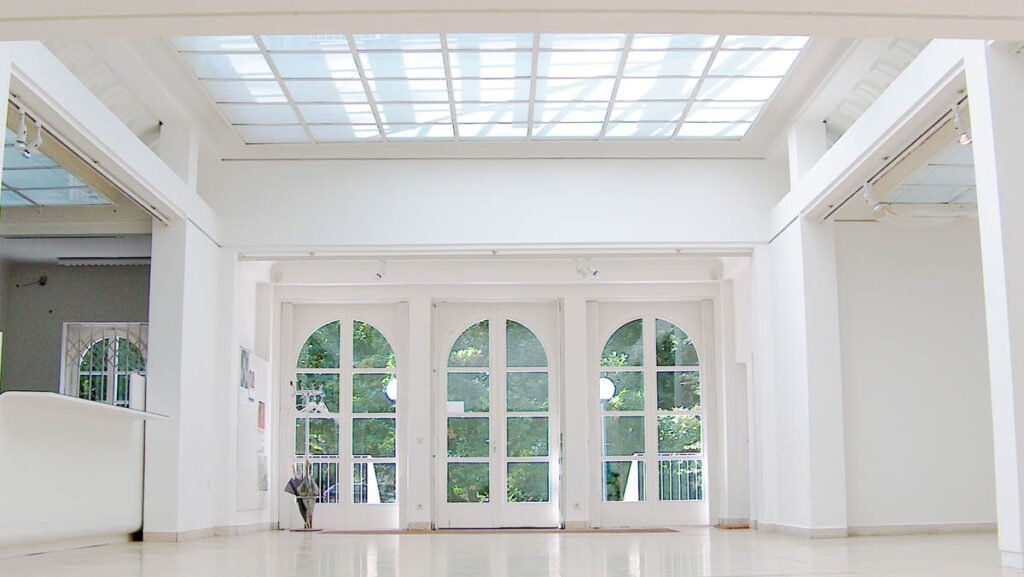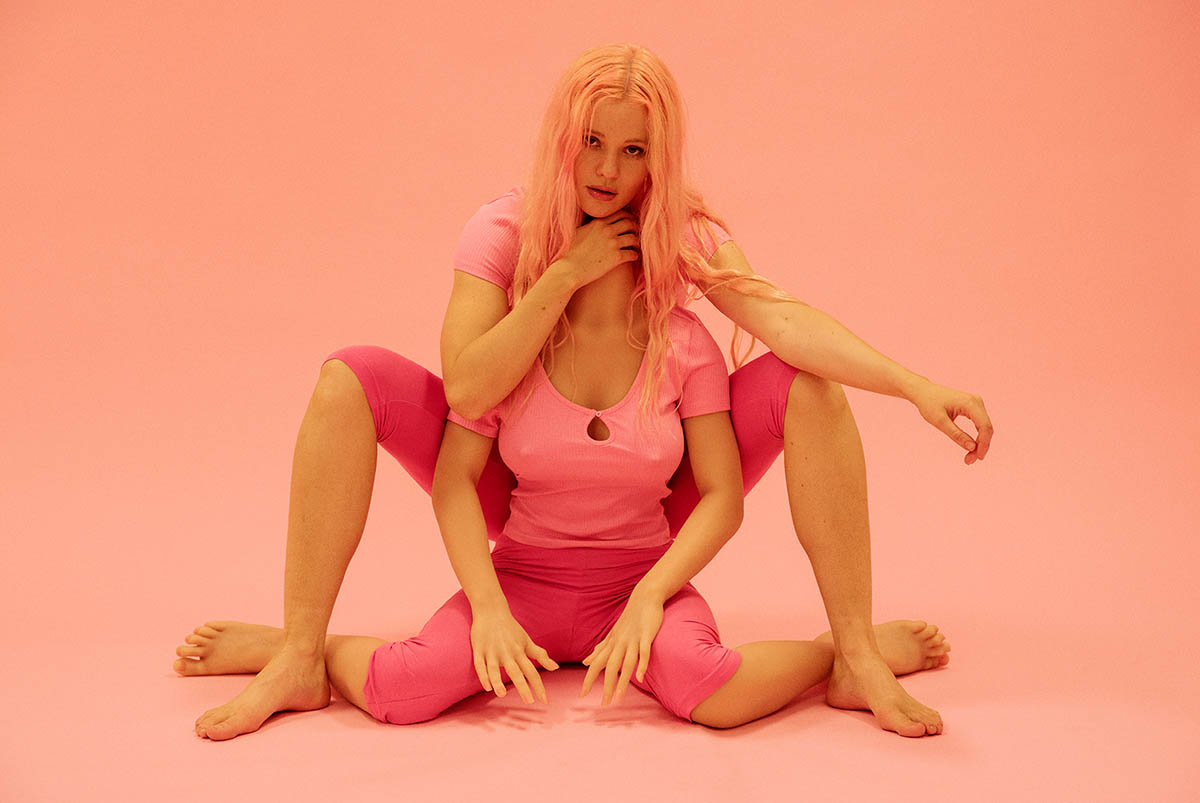
How would you introduce yourself? Where are you coming from?
I grew up in Hong Kong and then went to university in London, where I stayed for about a decade. I did all my studies there, from my undergraduate studies to my PhD in art history. Thereafter, I moved to Berlin, where I started a project space. In Austria, you might call it an “offspace.” I was focusing on artistic responses to emerging technologies. There were a lot of conversations and works dealing with how our lives have changed due to our experience online. This led me to broader topics around technology and culture. I was always focused on how our social experience is changing through new technologies. What are the common currencies in our cultural space? How are they being affected by all these new developments?
Alongside this, I was interested in site-specificity—things like environment and geography. These two interests came together because when we talk about the characteristics of a particular place, we can, of course, discuss its physical features—nature, materiality, and ecology. But we also have to talk about how it is represented digitally. Everything is mapped now. There are so many ways in which place, site, landscape, and environment have a digital component or layer. And, of course, digital representations of the environment affect what happens in the physical world. For example, every street can be mapped using Google Street View, and that enables new systems for navigating cities. The relationship between the physical and digital is deeply intertwined and complex. It brings new experiences, and this is where the focus of my work lies.
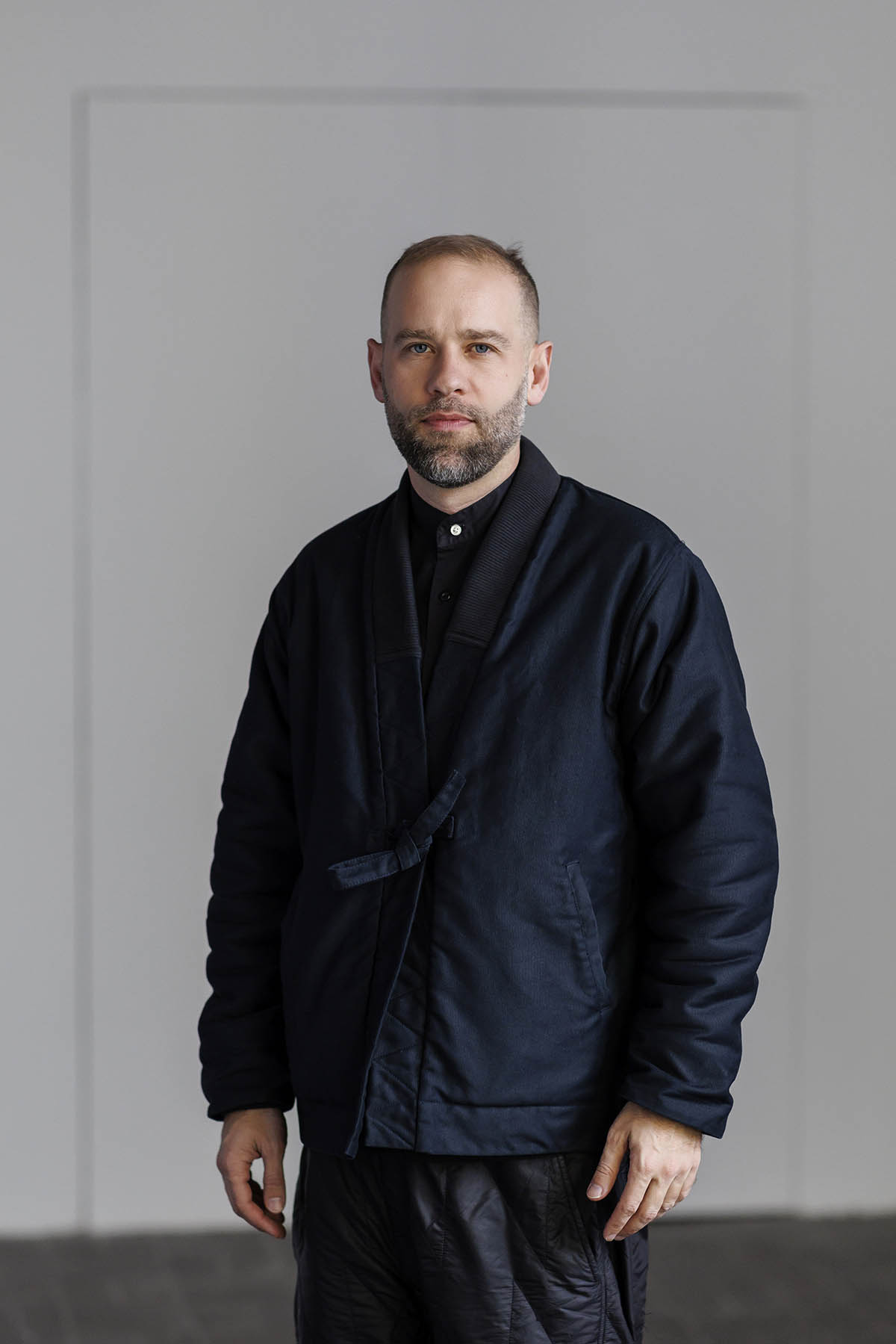
How would you define contemporary art? What does it mean—contemporary?
For me, one way to define contemporary art is to say that it’s art being made now, and it could only be made now. A lot of what makes certain works contemporary is the fact that they’re only possible because of technological changes.
How did your connection to Vienna come about?
In Vienna, I first worked at TBA21 (Thyssen-Bornemisza Art Contemporary). I was there for a couple of years and curated a large exhibition at Augarten in 2015 called RARE EARTH. It was about the relationship between the physical and the digital. Later, I moved on to the KW Institute for Contemporary Art in Berlin, where for the past four years, I’ve been the curator for the digital sphere—a brand new role at the time. I’ve been interested in how real life connects with virtuality and digitality. I don’t see them as separate. I talk about the continuum between them. This interest eventually led me to organize the Vienna Digital Cultures Festival.
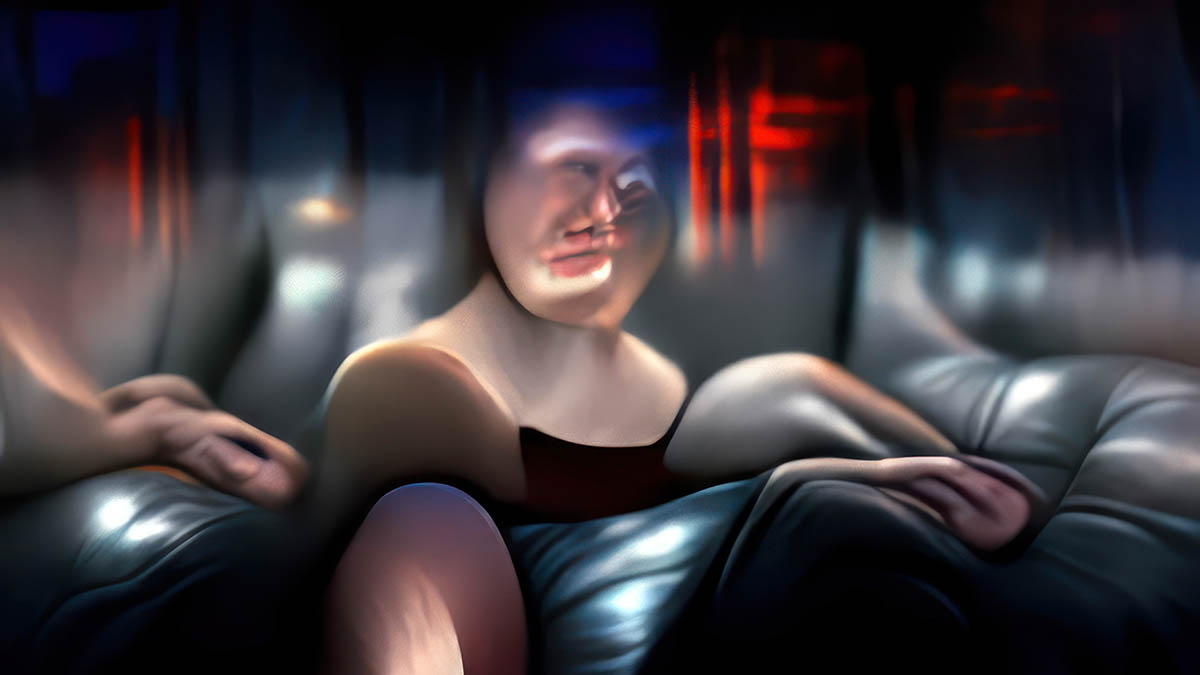
Tell us more about the Vienna Digital Cultures Festival and some highlights of the program.
The program has several components. There’s an exhibition at Kunsthalle Wien Karlsplatz and in the public space around it. Alongside it, a very lively talk program—eighteen lectures and discussions featuring professionals from diverse backgrounds: artists, theorists, professors, cultural writers, and critics. They’ll be discussing the politics of technology, primarily. The festival will also showcase new techniques, especially in the realm of generative AI. On the other hand, I want the artists and speakers to have meaningful, critical conversations about what’s happening in society, particularly around the rapid rise of AI.
We’ll have two nights of AI Cinema at Reaktor Vienna, presenting a film program using generative AI video. There will be talks and lecture-performances around these works. There’s also a workshop on Digital Self-Defense led by Paul Feigelfeld and Klimentina Li. And finally, there are two club nights—one each weekend. The digital discourse isn’t always optimistic, so I think it’s important to reconnect with our bodies and each other, to affirm the value of real, shared space. The second club night is aptly called Away from Keyboard.

Let’s talk more about the exhibition itself—its format, materiality, and what visitors can expect to encounter physically.
The work in the public space around Kunsthalle Karlsplatz is the augmented reality installation by Belma Bešlić-Gál, Catherine Spet, and Markus Wintersberger (in cooperation with Kultur 1) that deals with the overlapping of physical and digital experience and poses the question of the autonomy of artificial intelligence.
At first, you might expect a lot of projections and technical equipment in the exhibition room, but actually, there are only two screens in the entire exhibition. One is a very large screen that functions almost like a door at the entrance. It features a work by Eva & Franco Mattes about TikTok live streamers performing as NPCs (non-player characters). These streamers respond to emojis or tips by performing scripted actions, simulating robotic behavior. The artists collected this footage, with the streamers’ permission, to create a montage that explores how human behavior is scripted by algorithms. In this case, it’s people pretending to be robots pretending to be people—a fascinating loop that reflects on how digital platforms shape identity and economy. Once you pass through that, you enter an immersive installation by British artist Joey Holder. This is the IRL component of her digital commission that is on the Vienna Digital Culture website, which also exists as an interactive installation in the space. So you experience a speculative digital world physically and virtually at the same time.
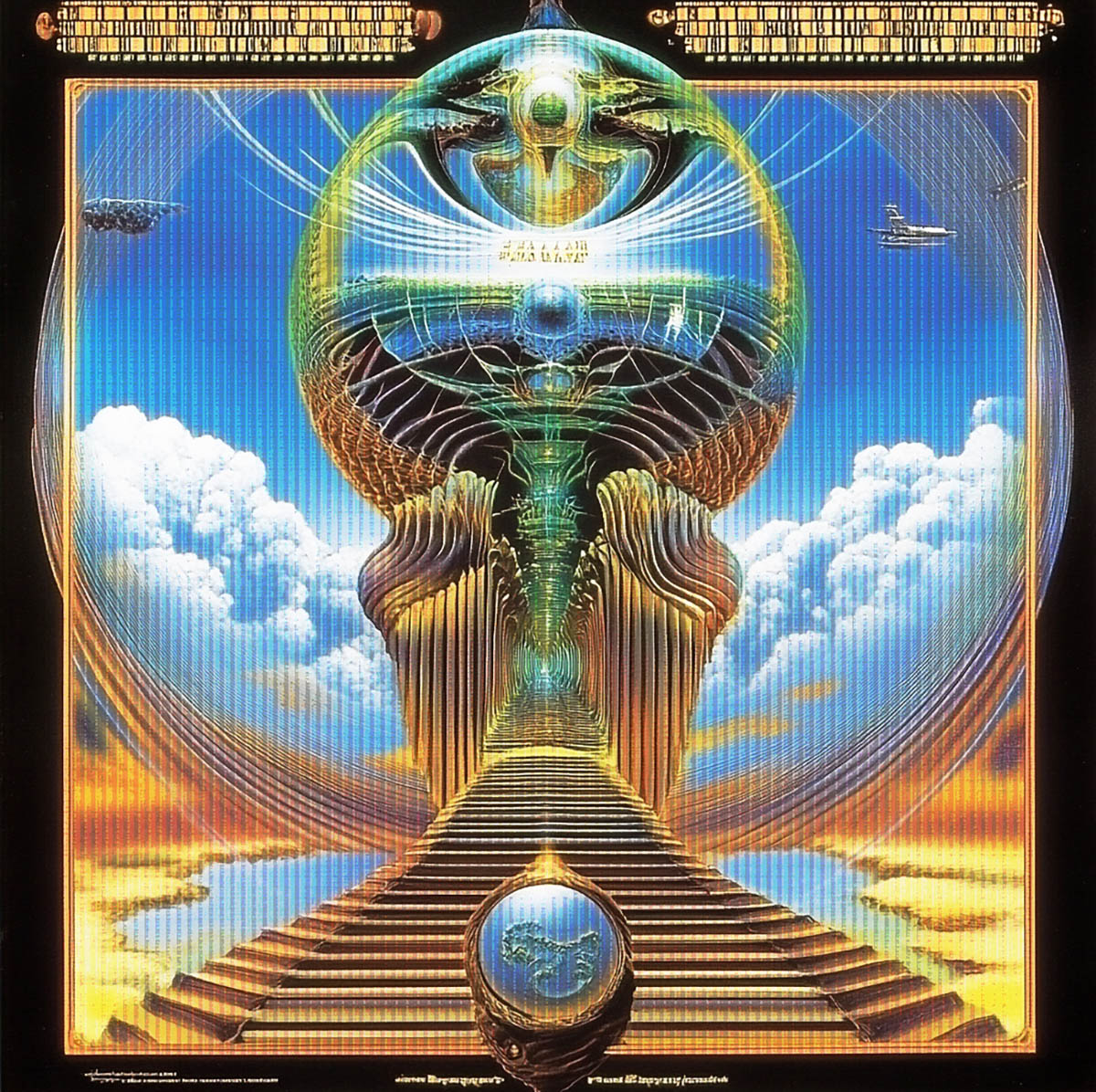
From there, you enter a large front room with windows covered in red, green, and blue foil—the RGB filter used in machine vision. The light coming through creates the impression of being inside a machine’s eyes. This work is by the Troika collective. On a long wall, there’s a 24-meter diagram by Kate Crawford titled Calculating Empires, which explores the relationship between power and technology over the last 500 years. It’s a rational, didactic, analogue counterpoint to the previous works. It was first exhibited in Berlin and recently won a major EU prize.
In contrast to that is a series of sculptures by Arvida Byström, who has been engaging with an AI-powered sex doll. She’ll also perform with this doll during the exhibition. Her sculptures are made from hyperrealistic sex dolls—she cuts off the silicone skin, ties it into knots, and exposes the robotic skeletons beneath. There’s also peep-show-style video using deepfakes of herself, generated with commercial AI apps that can create pornographic content—this time used consensually and critically. Byström is questioning the intersection of AI and pornography, a major driver of technological development that is rarely discussed in critical digital culture contexts. Her work puts the body back into the picture—physically, emotionally, and politically.
There’s also a video work by Mathias Gramoso, where he films himself looking at his phone screen for 24 hours—a meditation on contemporary narcissism and the body’s relationship to its digital image.
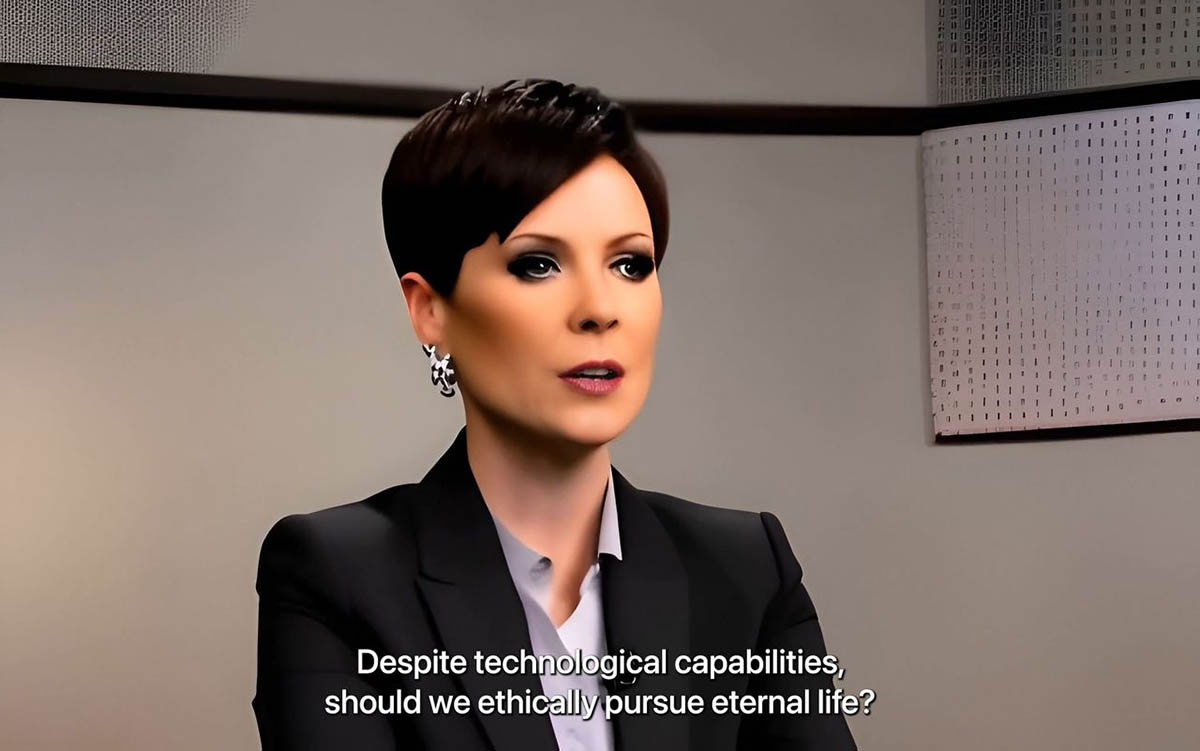
How would you describe your curatorial practice and working methods?
I’m focused on creating a directed experience for the spectator. I care a lot about shaping the whole space—I don’t treat the exhibition as a neutral white cube. I work with light, architecture, and sequences of encounters. I always change the space somehow, either architecturally or, in this case, with light; it has to be energetic to it.
I’m not the kind of curator who wants viewers to wander freely or randomly. I like to be a little bit controlling in how the show unfolds. I don’t believe in the myth of a neutral, objective presentation space, and I don’t think audiences necessarily want total freedom either. When I work with artists, I usually come to them with a strong proposal or suggestion. That starts a conversation, a push and pull. I always want there to be room for open discussion, but I also believe in direction and intention.
Vienna Digital Cultures 2025
5–18 May
You can find the information and the full program here: www.kunsthallewien.at
Nadim Julien Samman read Philosophy at University College London before receiving his PhD from the Courtauld Institute of Art. He was Co-Director of Import Projects e.V. in Berlin from 2012 to 2019 and, concurrently, Curator at Thyssen-Bornemisza Art Contemporary, Vienna (2013-2015). He curated the 4th Marrakech Biennale (with Carson Chan) in 2012 and the 5th Moscow Biennale for Young Art in 2016. He co-founded and co-curated the 1st Antarctic Biennale (2017) and the Antarctic Pavilion (Venice, 2015-2017). Widely published, in 2019 he was the first prize recipient of the International Award for Art Criticism (IAAC). His recent book, Poetics of Encryption: Art and the Technocene, is published by Hatje-Cantz (Berlin, 2023) and Luiss University Press (Rome, 2025). Nadim is currently Director of Autotelic Foundation (London) and Curator-at-large, Langen Foundation (Düsseldorf). In 2025, he curates the Vienna Digital Cultures festival. www.nadimsamman.com, www.instagram.com/nadim.samman/
Vienna Digital Cultures is a new festival jointly organized by Foto Arsenal Wien and Kunsthalle Wien that takes place between 5–18 May. It consolidates both institutions’ commitment to exploring how new technologies impact culture, via a two-week program of art, performance, and discourse. Curated by Nadim Samman, the theme of the 2025 edition is ‘Model Collapse.’



